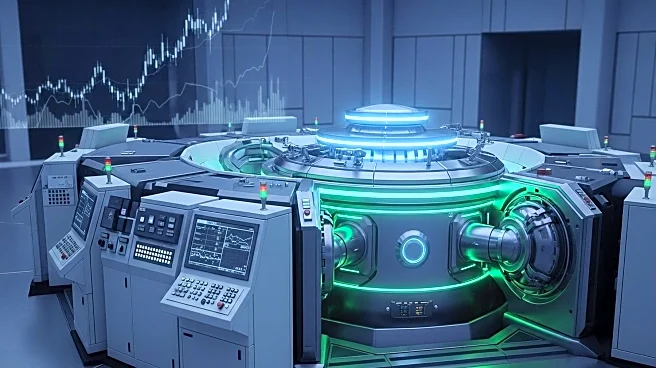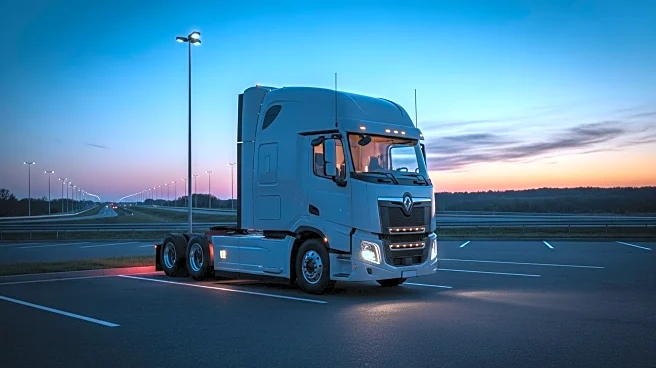What's Happening?
Tracerco has deployed its proprietary chemical tracer technology in a U.S.-based carbon capture and storage (CCS) project, marking a significant milestone in monitoring CO₂ containment in large-scale sequestration. The company, known for its experience in enhanced oil recovery (EOR), has adapted its tracer tools for CCS applications. This technology allows operators to track plume migration, verify seal integrity, and detect potential leaks at ultra-low concentrations. Tracerco's tracers can differentiate between naturally occurring, recycled, and newly injected CO₂, providing an 'independent source of truth' for project verification. This deployment is particularly beneficial for projects aiming to qualify for 45Q tax credits, as it supports continuous injection without operational interruptions.
Why It's Important?
The introduction of Tracerco's tracer technology in CCS projects is crucial for enhancing the accuracy and reliability of CO₂ monitoring and verification. As the U.S. moves towards more sustainable energy practices, effective carbon management becomes essential. This technology offers early warning detection and data-backed assurance of long-term storage performance, which is vital for meeting regulatory and stakeholder demands for transparency. The ability to distinguish between different sources of CO₂ is particularly important for projects seeking tax incentives, ensuring compliance and operational efficiency. This advancement supports the integration of CCS into oil and gas portfolios, promoting environmental responsibility and innovation in the industry.
What's Next?
As Tracerco's tracer technology gains traction, it is expected to play a significant role in the expansion of CCS projects across the U.S. The technology's compatibility with existing monitoring methods, such as seismic approaches, positions it as a key component in comprehensive measurement, reporting, and verification (MRV) plans. This could lead to increased adoption by operators seeking to enhance their carbon management strategies. Additionally, the successful deployment may encourage further technological innovations and collaborations within the industry, driving progress towards achieving climate goals and reducing carbon footprints.
Beyond the Headlines
The deployment of tracer technology in CCS projects highlights the evolving landscape of subsurface monitoring technologies. It underscores the importance of precision and reliability in environmental management, potentially influencing regulatory frameworks and industry standards. As companies strive to balance economic growth with environmental stewardship, such innovations could lead to broader cultural shifts towards sustainability and responsible resource management. The long-term implications may include increased public trust in carbon management practices and greater investment in green technologies.












